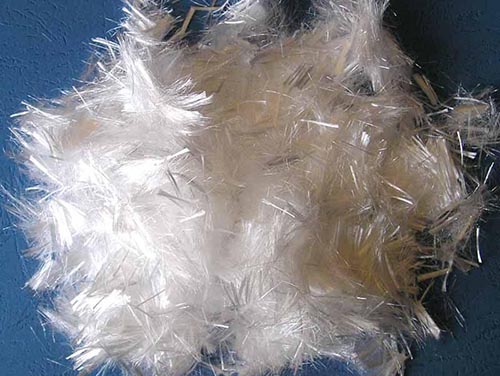Contact person: Wang Wei
Contact number: 13008286528
Contact person: Manager Wang
Contact number: 13804 196515
Address: Houshan, Xiaodabai Village, Hongwei District, Liaoyang City
Website: en.lyfthx.com
In our life, we are inseparable from the material of fibre. Explosion-proof fibre is just a common term. Many people also ignore it. For example, clothes, curtains, tarpaulins and so on, but also some fibers can be used in mortar, cement concrete, asphalt concrete, polyacrylonitrile fiber is one of them, if you have not contacted friends, you want to know what kind of fiber it is, polyacrylonitrile fibers and glass fibers have any difference, we will take this problem to see together.
Polyacrylonitrile fibers, also known as acrylic fibers, can be used not only in mortar and cement concrete, but also in asphalt concrete because of their high tensile strength, good oil absorption and hydrophilicity, high temperature resistance, non-swelling, strong adsorption and chemical stability.
In construction engineering, some fibers can be added to concrete to improve its properties, such as glass fibers and polyacrylonitrile fibers; glass fibers are inorganic non-metallic materials and polyacrylonitrile fibers are synthetic fibers. So what's the difference between the two in terms of performance?

1. Glass fibers are easy to agglomerate in the process of construction mixing, and improper operation will cause certain personal hazards. Polyacrylonitrile fibers have good dispersion. In addition, its diameter is larger, and its volume is about 2 times larger than that of acrylic fibers. Under the same weight, the number of acrylic fibers is far more than that of glass fibers, so it can play a better role in crack resistance, seepage prevention, impact resistance, freeze-thaw resistance and toughening.
2. Although glass fibers have high tensile strength and modulus of elasticity, the alkali resistance of glass fibers is mainly composed of alkali-resistant glass fibers and low-alkali cement, but if alkali-resistant glass fibers are combined with ordinary Portland cement, the alkali-resistant glass fibers will still be corroded by Ca(OH)2. The main reason is that Ca (OH) 2 in the liquid phase of cement paste can break the silica-oxygen bond of glass fibers. SiO 2 combines with Ca (OH) 2 to form low-calcium hydrated calcium silicate. If low alkali cement is used, not only the cost is high, but also the reinforcement in the structure is adversely affected.
Compared with glass fibers, acrylic fibers have no change in solutions with pH equal to 2 and 14, which shows that their chemical properties are stable, and this stability determines their dominant position. Although the steel of polyacrylonitrile fibers is relatively low and the ability of load transfer and interception is poor, it can absorb impact energy and reduce cracks, thus enhancing the continuity of medium materials and reducing the local stress phenomenon caused by the blocking of shock wave, which greatly improves the impact resistance and toughness of concrete.
Polyacrylonitrile fibers are synthetic fibers made from polyacrylonitrile or acrylonitrile copolymers. The second monomer is non-ionic monomer such as methyl acrylate, methyl methacrylate, etc. The third monomer is ionic monomer such as sodium allylsulfonate and 2-methylene-14-succinic acid.
Properties: Polyacrylonitrile fiber has high tensile strength, good oil absorption and hydrophilicity, high temperature resistance, non-swelling, strong adsorption, chemical stability, etc. It is also known as synthetic wool because its resilience can still maintain 65% of the chemical formula of acrylic fiber when its performance is very similar to that of wool when its elasticity is better than 20% elongation, and its fluffy, crimp and softness and warmth retention are 15% higher than wool.
The dosage of polyacrylonitrile fibers in cement concrete: usually 0.6-1.0kg/m3 is added to mortar and concrete; if the requirement for crack resistance, impermeability and wear resistance of concrete is high, the dosage of polyacrylonitrile fibers can be adjusted appropriately according to the change of the dosage of sand, stone and cement, but the maximum dosage is 1.5kg/m3; different aggregate particle gradation has a great influence on the performance of concrete, so the best grade can be chosen as far as possible. Match.
Service hotline: 0419-5166770
Company Address: Xiao Dabai, Hongwei
District, Liaoyang City
Village behind mountain




Website:en.lyfthx.com